If you have ever watched an NFL football game on TV, you have probably heard a player introduce himself as having played college football at “The” Ohio State University. Earlier this week, the United States Patent & Trademark Office granted a US Trademark Registration for THE to The Ohio State University. It seems strange that a trademark could be granted for what is probably the most common word in the English language. Five of the first 72 words in this article are “the”. Have I just committed five acts of trademark infringement? “The” answer is a resounding “no”. Rights granted to words by the U.S. Trademark Office are limited to the specific goods and/or services specified in the application. As such, it is not unusual for the same word to be registered as a trademark by multiple parties for different goods and services. In fact, I predict that you will see another company be granted a trademark for “The” before the end of 2022. The primary issue is whether such multiple registrations create a likelihood of confusion as to the source of the product or service.
The trademark registration for “The” was not just granted without a fight. Ohio State had to overcome two obstacles on their way to registration. For one thing, they were not the first party to file an application to register “The” in connection with clothing. Fashion designer Marc Jacobs filed his application to register “The” for a line of clothing on May 6, 2019 – three months before Ohio State filed it’s application. Also, the way in which Ohio State originally proposed to use the mark was deemed by the examining attorney at the USPTO to be ornamental, and not indicative of the source of the clothing, which is required for a word to function as a trademark.
HOW CAN TWO TRADEMARK REGISTRATIONS FOR “THE” BE GRANTED FOR CLOTHING?
Ohio State’s trademark registration for “The” for use on and in connection with clothing in Class 25 was granted on June 21, 2022. Marc Jacobs’ trademark application for “The” for use on or in connection with clothing in Class 25 was allowed on October 5, 2021, and will issue as a trademark registration after Jacobs shows proof that he is using the mark in commerce and files a Statement of Use. It is very unusual for the same word or phrase to be registered by two different entities for goods that are so closely related. A closer look at the history of each of “The” applications, however, provides a relative simple answer – the parties agreed that both marks could be registered and that the granting of such rights would not create confusion.
A suspension notice was originally issued in Ohio State’s application. Suspension notices are commonly issued when there is another pending application that would pose grounds for refusal if it were registered as a trademark. So the USPTO suspends the later filed application pending the outcome of the earlier filed one. If the earlier filed application is granted and a trademark registered, the USPTO will usually reject the later filed application at that time. However, in this case, Ohio State intervened in Jacobs’ application by filing a notice of opposition during the processing of Jacobs’ application. After a trademark application has been allowed, but before a registration issues, it is published for opposition in the Official Gazette. That begins a 30 day period where any interested party may file to oppose registration of the mark if such registration would adversely affect use of their own similar mark.
After nearly a year of negotiations, Ohio State and Jacobs entered into a Concurrent Use Agreement in August 2021. A Concurrent Use Agreement is often used by trademark owners to define the line between each other’s markets, and specifically allows for both marks to proceed to registration. In this case, Ohio State amended its original description of the clothing sold under its mark to include language that it only applied to clothing “being promoted, distributed, and sold through channels customary to the field of sports and collegiate athletics”. Similarly, Jacobs amended his original description to limit his trademark to clothing “being promoted, distributed, and sold through channels customary in the field of contemporary fashion”. The Concurrent Use Agreement almost certainly further provided that the opposition would be dismissed, that neither party would seek to oppose or cancel the other’s mark, and that each party specifically consented to the registration of the other party’s trademark. By submitting the agreement to the USPTO, Ohio State was able to overcome the objection to registration of its mark based on the earlier filed application of Jacobs.
ORNAMENTAL USE VS. TRADEMARK USE
Ohio State’s original application was also refused because THE as used on the specimen submitted with the application was deemed to be “merely a decorative or ornamental feature of applicant’s clothing and, thus, does not function as a trademark to indicate the source of applicant’s clothing and to identify and distinguish applicant’s clothing from others.” The size, location, dominance, and significance of a mark as used on the goods are all relevant factors in determining the commercial impression of the applied-for mark. With respect to clothing, consumers may recognize small designs or discrete wording as trademarks, rather than as merely ornamental features, when located, for example, on the pocket or breast area of a shirt. Consumers may not, however, perceive larger designs or slogans as trademarks when such matter is prominently displayed across the front of a t-shirt.

Original Specimen
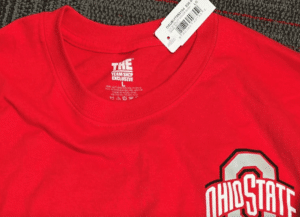
Substitute Specimen
In Ohio State’s application, the originally submitted specimen showed the applied-for mark, THE, located directly on the upper-center area of the front of the shirt, where ornamental elements often appear. Furthermore, the mark was displayed in a relatively large size on the clothing such that it dominates the overall appearance of the goods. As such, THE application for registration was refused as it appeared to be used in a merely decorative manner that would be perceived by consumers as having little or no particular source-identifying significance. In other words, consumers would view THE as used on the t-shirt submitted with the application as a decorative or ornamental feature of the shirt, rather than as a trademark to indicate the source of the t-shirt and to distinguish them from others.
Ohio State later submitted a substitute specimen in an attempt to overcome the refusal. As you can see from the photo, the substitute specimen no longer depicted THE in big, bold letters on the front of the t-shirt. Rather, it was depicted on the inside collar area of the shirt where labels denoting the maker/source of the shirt is commonly found. The substitute specimen satisfied the examining attorney at the Trademark Office, and the refusal was withdrawn. As an aside, it is worth noting that when it submitted the substitute specimen, Ohio State did not amend it’s originally alleged date of first use of August 2005. If, as I suspect, they were not using THE in the manner depicted in the substitute specimen in August of 2005, the registration may be susceptible to challenge.
“THE” CONCLUSION
So that is THE story about how THE Ohio State University was granted a U.S. Trademark Registration for THE. Anyone out there want to try and register “A”? If you do, or if you have another common term that you want to register for a product or service, or if you just want to protect your brand before someone else like Marc Jacobs files for protection first, contact us. We are here to help you with all of your branding concerns.

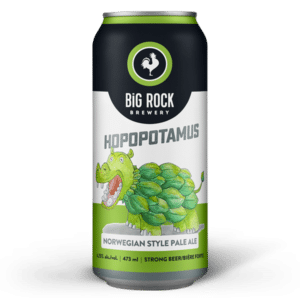
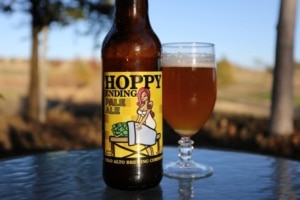


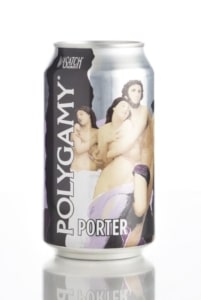
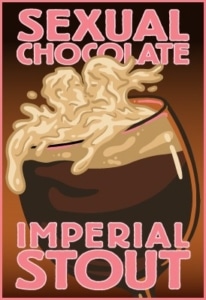
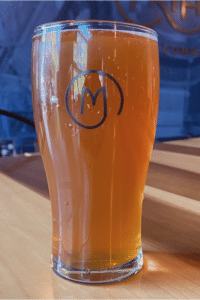

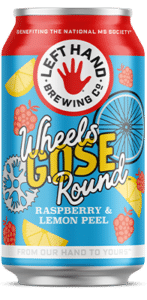



 Atlanta, GA – Earlier this month (March 2020),
Atlanta, GA – Earlier this month (March 2020),